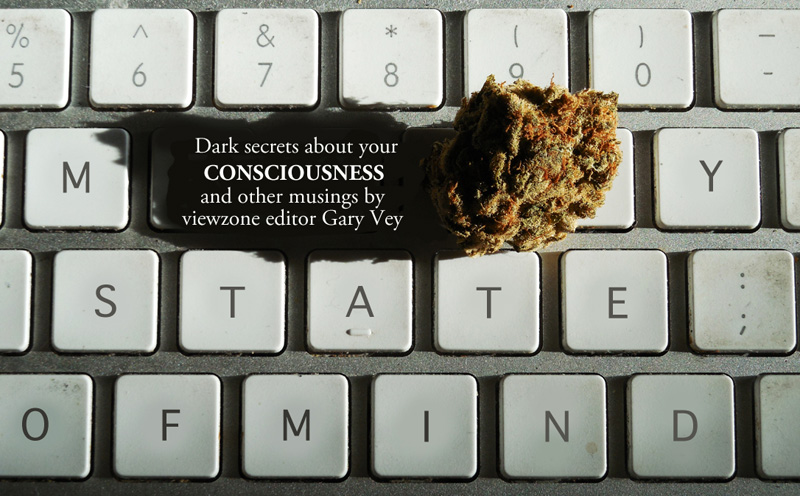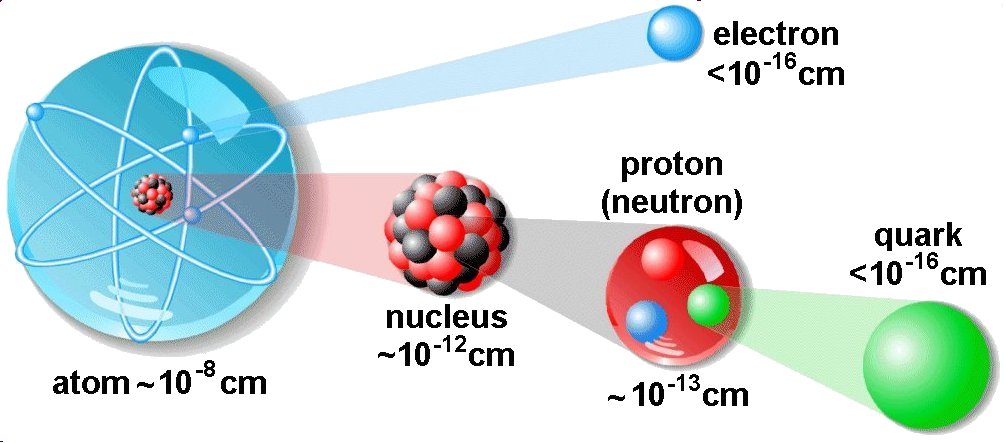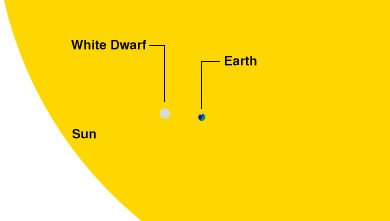
-- Richard P. Feynman
How Everything Is Made
The Copenhagen Interpretation
The current model of how stuff is pieced together on the smallest possible scale is known as the Copenhagen Interpretation. It's named after the city where all the physicists came together to agree on what we knew about the very fabric of time and space.

[*]
One of the first big surprises is that, like a miniature set of Legos, everything in our world is made from discrete, individual bits. While there is some confusion as to what to call these basic bits, there is agreement on their smallest possible size -- a Planck length. Nothing is smaller than 1 plank length.
Here's a sliding animation that will help you imagine how small this really is: CLICK.
There is also a basic unit of time called the Planck time. No, time is not continuous. It is made up of individual moments called events. We perceive time as continuous much the same way as we perceive the 24 frames per second of a movie projector without a flicker.
With our severely limited perception of time, these stationary jiffy "frames" of events go by much too fast to notice. To us, time appears to flow smoothly, from the past to the future.
In physics, the Planck time (tP) is the unit of time in the system of natural units known as Planck units. It is the time required for light to travel, in a vacuum, a distance of 1 Planck length. The unit is named after Max Planck, who was the first to propose it. It's commonly referred to as a "jiffy". --wikipedia
Another piece of the puzzle...
Atomic particles like photons (a member of the boson particle family) are fairly identical in every respect. Electrons on the other hand (a member of the fermion particle family) are all unique.
An electron is a basic particle, meaning it is not made up from smaller bits. It is responsible for all of the chemical reactions and is the thing that keeps atoms together as molecules. It is what makes the difference between living and non-living stuff (in ways we do not yet understand).
Every electron in the entire universe is a unique and eternal entity. This uniqueness can be described by a number (called the quantum number) which represents the energy level, spin direction and other characteristics of each electron. No two electrons in the universe have the same quantum number at any single jiffy.
No two electrons (fermions) can have the same quantum number at the same (Planck) time.
In a way, the number could be considered a kind of ID# of that electron. When an electron needs to change its energy or spin, it must do so such that it obtains an untaken and unique quantum number.
The unique quantum number is only valid for that tiniest chunk of time (1 jiffy) after which it may change, or not, in the subsequent jiffy. The mystery is this: exactly when and how does the electron know what quantum numbers have been taken and which ones will be available in the next jiffy?
Somehow, each electron has access to information about which quantum numbers (and the states that the numbers represent) are already taken and which will be assigned in the next jiffy -- anywhere in the universe -- and is able to adjust itself as necessary. It's known in physics as Pauli's Exclusion Principle.
|
The Pauli Exclusion Principle at work
As the fuel of a sun expires, gravity takes over and compresses the ionized core material, smaller and smaller, until it suddenly slows down and stops. The electrons become squished so close that their unique quantum numbers begin to be too similar. The inability of the core electrons to obtain new and untaken quantum numbers prevents the electrons from changing their energy states any further. It's Pauli's Principle at work. But exactly how it works remains a mystery.
|
Physicists shy away from the obvious unifying principle; nevertheless something very special is happening on this minute scale. Some have even proposed that the electrons are somehow "conscious" [source] and that they somehow self-adjust to their environment.
The important status of the electrons in the universe is evident in that they are, as far as we can tell, eternal entities.
Electrons are all recycled. They zip from atom to atom, powering your computer one second then on to another career throughout the universe, always adjusting to local conditions but, at the same time, obedient to the direction of some underlying order or substrate.
That substrate is somewhat understandable as God.
I guess what I am suggesting is that the electron, like the ancient bicameral humans, has a "voice" that directs and protects it. It's an exchange of information on some level that we do not yet understand. It is as if the electrons are aware.
Electrons may have awareness but they for sure don't suffer from mortality salience. They do not die. They only change their quantum numbers with the passing jiffies. Could this be the style of the Creator of this universe? Would this support the argument for mortal reincarnation?
What are we?
My physicist friends probably hate my simplification of a rather complex explanation of quantum stuff. The point I am trying to make is that something is directing the very fabric of the universe in a way that recycles a self-distributed awareness of itself on many levels of reality -- from the micro to the macro level.
If this applies to us, what is it that survives beyond this lifetime? What is our real nature? Who or What are we?
OK. Next...

 The idea that an electron has a special quantum number, managed and communicated by some entity, is strengthened by studies of dying stars, called White-Dwarfs.
The idea that an electron has a special quantum number, managed and communicated by some entity, is strengthened by studies of dying stars, called White-Dwarfs.